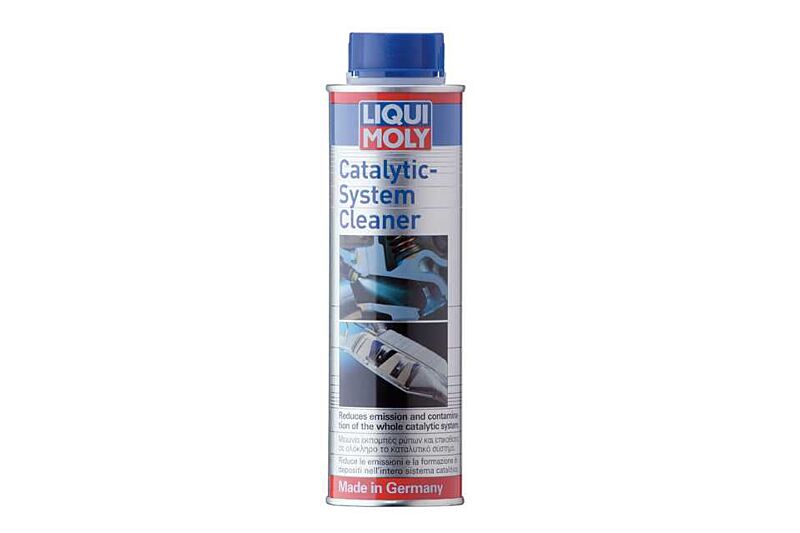As an olderrrrrr driver, I can understand the confusion over some folks that THINK top tier or Chevron additives would help in this matter. When engines had fuel injectors located at port...sure. The cleaners and higher grade fuel would naturally wash/clean those valve areas.
However, in today's DIRECT injection motors, that port injection is gone (although some have both port and direct), and the injector is now placed PAST the valves and DIRECTLY over the the piston combustion area. So no fuel, AT ALL, passes the valves for natural cleaning. Gotta save those precious fuel droplets

Add the smaller liter, higher pressure, higher temperature, and possible turbo...you have a perfect storm to cake on those deposits faster at the cost of saving fuel


 There has YET, I repeat YET,
There has YET, I repeat YET, to be a an actual side by side comparison of two identical motors:
One doing the preventative catch can and/or occasional cleaner method to keep carbon buildup at bay. And a second motor that does not have any catch can or cleaner maintenance.
Lots of opinions and skewed posts/theories/etc.
The fact of the matter is all DI engines WILL get enough carbon build up at some point. Some DI vehicles have gone on without any walnut blasting or cleaning and are still chugging along after several (ie 100,200,300k) miles without so much as a hiccup. Some vehicle owners swear they needed the cleaning at 30k miles. A lot is going to depend on your oil change schedule, your driving habits, highway driving, city driving, etc
So lets just say the average DI engine would benefit from a good walnut or harsh chemical/scrubbing at 150,000 miles. What is the catch can and regular intake spray cleaning going to prolong that mileage to? 155,000 miles? 200,000 miles??? No one has yet proved or determined this. Again, only theories...no actual proven facts!
I don't know about you, but I plan to hit the intake with some cleaner like Berryman's, CRC, or Subaru's kit posted above, maybe every 30-50k miles (if I feel the vehicle is lacking in performance). No catch can needed. Just let the deposits form. And...if I still have the car at 150,000 miles and the valves seem to obviously need a good cleaning, then I'll invest in a deep cleaning using the walnut or whatever technique is popular at that time. It's just one of those maintenance items needed later of owning a DI vehicle. Just like tires, brakes, timing chains/belts, etc. Regular maintenance is needed especially if you plan to keep the car for awhile.
While it is not popular with the environmentally friendly crowd, there are ways to help avoid the recirculation of warm/oily air by letting the PCV (positive crankcase ventilation valve) air out into the atmosphere like vehicles did just a couple decades ago. I am a big proponent of this as the amount of exhaust/air is negligible, and helps the crankcase breath better, let alone prevent the dirty air from re-entering to get caked onto the valves. There are some hurdles to deal with this in today's vehicles, as certain sensors need to be bypassed or tricked to allow for this mod to work properly. Again, you do you.





